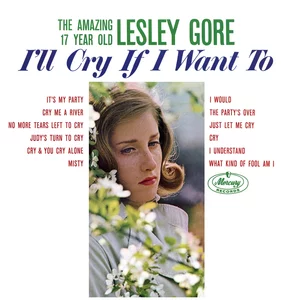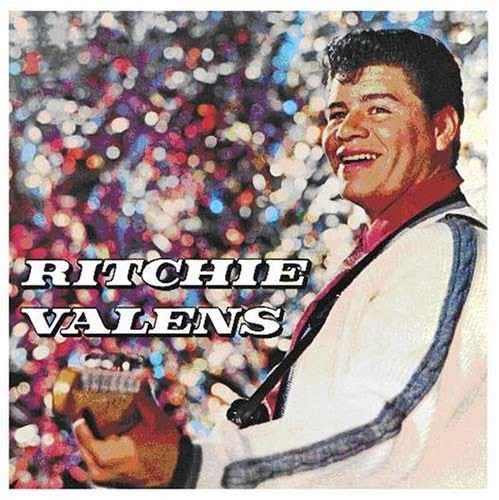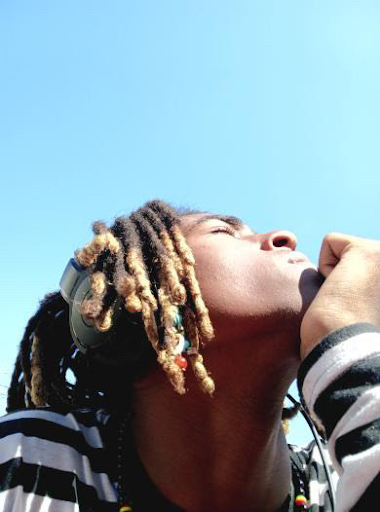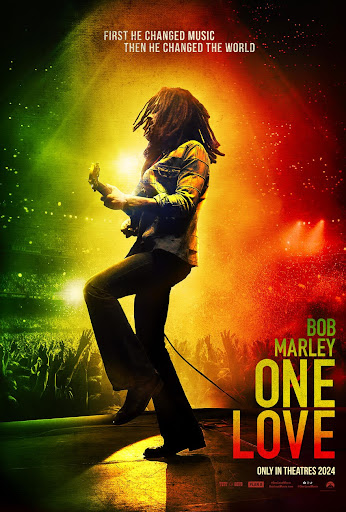You can’t say that? Why not?

In 2010, Anthony Elonis had posted some questionable comments on Facebook that depicted violence through threats aimed at his ex-wife (Tara Elonis), a kindergarten class and an FBI agent assigned to the investigation of these posts. His wife felt endangered by the controversial posts and reported it to law enforcement. The case eventually found its way to the Supreme Court.
This issue will be a deciding factor in the future interpretation of the Interstate Communications Statute which addresses the transmission of one person’s threat to injure another. Anthony Elonis has stated that he is an aspiring rapper and that his lyrics are protected under free speech of the First Amendment.
While this case is in progress, there is a spotlight on the validity of rap lyrics as criminal evidence, raising questions about the line between art and crime. Marshall Mathers, widely known as Eminem, has been cited multiple times in the development of this issue.
When Elonis was first prosecuted he said that his lyrics were modeled after this rap mogul. Chief Justice John Roberts Jr. further questioned the difference between music and valid threats when he recited verses from Eminem’s Slim Shady LP hit, ’97 Bonnie and Clyde. The track includes violent images of Mathers and his daughter, Hailie, tying up and drowning a figure that seems to be modeled after his then ex-wife, Kim Mathers.
The Chief Justice quoted, “C’mon Hai-Hai…a nice bed for mommy at the bottom of the lake… you wanna help da-da tie a rope around this rock, We’ll tie to to her footsie then we’ll roll her off the dock…” Roberts Jr. then turned to the people of the courtroom and asked if Mathers could be prosecuted for the lyrics quoted. The biggest problem the jury seemed to have with this comparison is the difference in delivery media. What Eminem is able to say on a multi-platinum music record should be under scrutiny of a different eye than the interpersonal threatening ‘lyrics’ Elonis posted on Facebook.
The case has also brought into light the issue of Antwain Steward’s “Ride Out.” Steward, who performs under the name ‘Twain Gotti’, rapped about how he “walked to your boy and I approached him… Nobody saw when I [expletive] smoked him, roped him, sharpened up the shank, then I poked him, .357 Smith & Wesson beam scooped him.”
These lyrics piqued the attention and interest of Detective Carlos Nunez, he saw it as a confession for an unsolved criminal case from four years ago regarding the murders of two young men. The Newport News, Virginia police claimed that Steward was associated with gang activity and the killing he boasted about was indeed the old case; ‘Twain Gotti’ was arrested and eventually charged with the murders.
The use of rap lyrics as criminal evidence is hardly unheard of. Charis Kubrin, a criminal law professor at University of California, Irvine, says she’s recorded over 100 court cases that used hip-hop lyrics as evidence in trials. Often, the songs are used as confessions.
The focus of the Elonis case regarding rap music in particular is unreasonable, as the posts could have been referenced as a poem or an opera. Hip-hop has a record with congress, however it is still “protected under the First Amendment’s free speech clause and it’s criminalization has a chilling effect on free expression,” according to journalist Veronica Majerol.
The genre is exposed to the prejudice of a general public that may not know much about the art form. It is unfair to generalize the entirety of this genre and its main contributors. I also think it is ridiculous that the court implied that lyrics off an album that was quadruple platinum certified by the RIAA within a year of its release were comparable to a set of lyrics posted on Fcebook by an “aspiring rap artist.”
The posts could have easily been presented as words to jazz or operatic pieces, in terms of necessary context. The realm of rap should not be the main focus of this case. There is a clear double standard in mainstream media’s perception of hip hop music; nobody ever had an issue when Johnny Cash sang, “But I shot a man in Reno just to watch him die..,” in ‘Folsom Prison Blues’.
On the contrary, this classic country musician was invited as a musical guest to the White House. This obvious divide in the treatment of various styles of music should garner more attention than its been given thus far. The progression of contemporary art forms will always be hindered by these implications unless the confines of societal prejudice are eradicated. I can only hope that.








